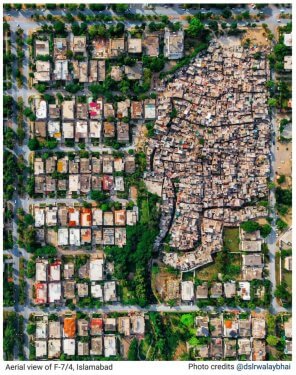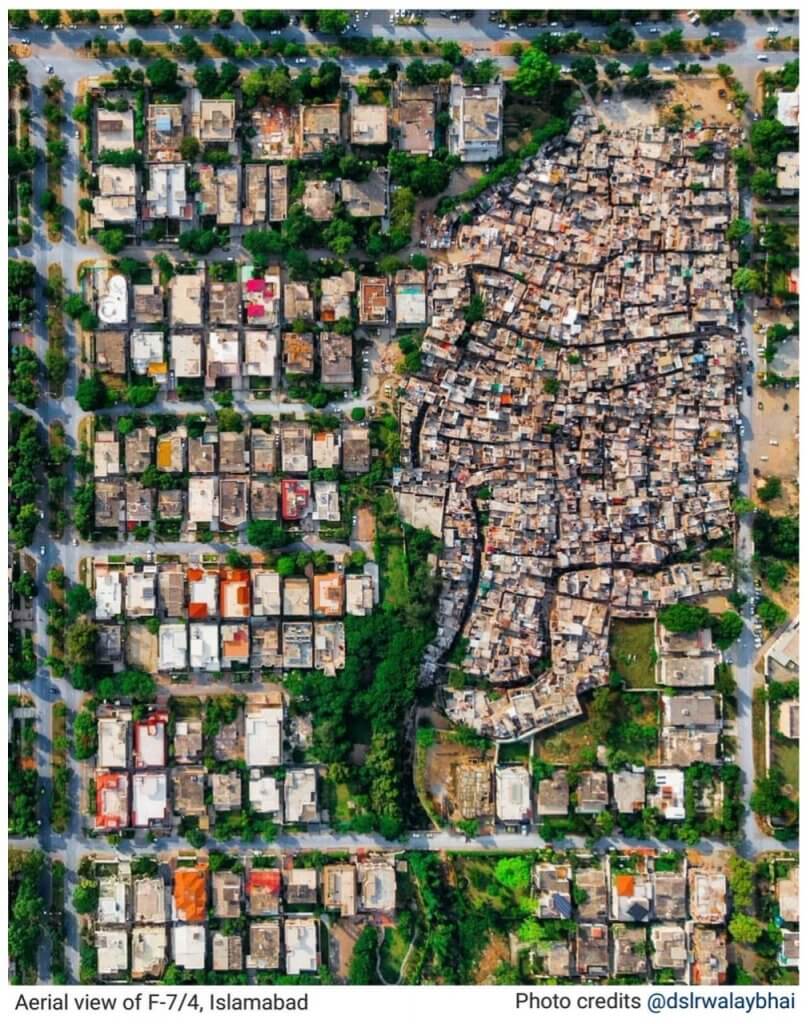Cities and Master Plans in Pakistan

By Samna Sadaf Khan & Amina Omar
Cities are complex systems, defined as engines of growth that serve as the basis of economic development and prosperity (Duranton, 2009); a framework of agglomeration/polarization with its allied nexus of locations, land uses and human interactions (Scott & Storper, 2014); a network of social systems for human well-being (Bettencourt, 2013; Montgomery, 2013); organisms made of social, economic and cultural ‘fabrics’(Maretto, 2014); ensemble of density, land use mix, connectivity and accessibility influencing greenhouse gas emissions (Seto et al., 2014).
How we think about cities and city planning has developed and changed over time, increasingly acknowledging contextual (geography, culture, and politics) differences. Master plans were primarily introduced to gauge urbanization in cities. However, developing states found it difficult to implement them due to poor administration and governance, while implementation in developed countries has resulted in urban sprawl. Current debates in planning realms revolve around climate change, and social and political changes around the world demanding greater civic participation and inclusion. Theory has emerged to rethink both the purpose of planning and the role of the planner in making decisions for cities.
Master planning in Pakistan is rooted in its colonial legacy from the British Era, which introduced official planning regulations and segregated cities into military cantonments, civil administrative centers, and residential neighborhoods for locals (Hasan, A., 2006). Over the years, governments have devised different planning tools to meet their urban development objectives. In the early decades post-independence, planning focused on refugee housing schemes, land use and infrastructure development. In 1960, the government realized the need to control the unconstrained growth and sprawl of significant cities. Eleven large cities were selected to develop master plans along with five-year plans. Hameed and Nadeem (2008) have discussed chronologically the practice of preparing and implementing master plans in Pakistan, accompanied by the shortcomings of legislative frameworks and unstable institutional structures. From master plans to structure plans and outline development plans in the 1980s, the 21stcentury saw the development of spatial plans. The fragmented approaches to planning have taken billions of rupees, human resources and time with little or no implementation.
We present a short synopsis of the planning practice in the three big cities of Pakistan to raise the question about what should be our way forward.
——————————–
Samna Sadaf Khan is an architect (B.Arch – NUST, Islamabad) and urban researcher (MSc Urban Management & Development – Erasmus University, Rotterdam). Her research interest lies in urban strategies towards sustainable and inclusive cities.
Amina Omar, student of BSc Honors Economics and Politics at Lahore University of Management Science with research interests in urban issues and development.





